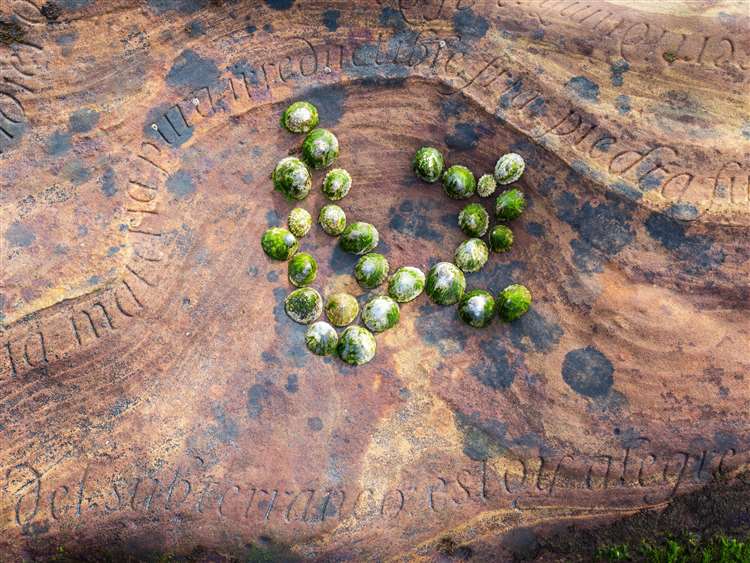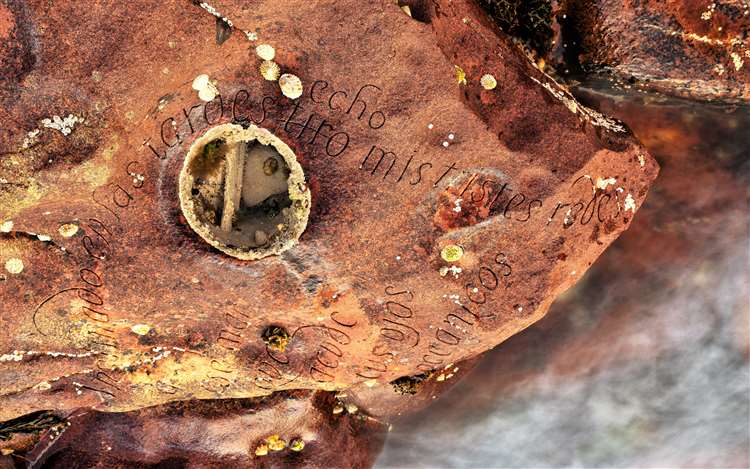Introduction
A remarkable discovery has emerged on the rugged shores of Sannick beach in Scotland, as over 20 previously unrecorded carvings of Nobel Prize-winning poet Pablo Neruda’s work have been uncovered. This revelation, hailed as an “incredible discovery,” sheds new light on the enduring influence of Neruda’s poetry and raises intriguing questions about the identity of the enigmatic carver.
The Discovery
Andrew Simpson, while working on a photographic project along the northern coast of Caithness, stumbled upon these intricate carvings etched into the rocky shoreline at the Bay of Sannick near Duncansby Head. Although aware of an earlier discovery of Neruda’s poems at the site, Simpson was astonished to find these unrecorded carvings, sparking curiosity about their origin and significance.
The Investigation Unfolds
Upon closer examination, Simpson noticed a particular rock bearing what could be a clue to the carver’s identity—a Greek spelling of the name Stefanos engraved on its surface. Intrigued by this discovery, Simpson embarked on a quest to uncover more carvings related to Neruda’s work, eventually identifying over 20 pieces, each revealing lines from the poet’s oeuvre.

Expert Insight
Dr. Dominic Moran from Christ Church College at the University of Oxford, an authority on 20th-century Spanish American literature, has expressed keen interest in the newfound carvings. Describing them as a “monument to Neruda and his poetry,” Dr. Moran underscores their significance in the context of Neruda’s symbolic use of stones in his verse.
The Poetic Connection
Dr. Moran highlights the aptness of the chosen location for these carvings, drawing parallels between Sannick beach and the wild coastal landscapes of southern Chile, which Neruda often depicted in his poetry. He suggests a deliberate selection of quotations from Neruda’s lesser-known works, inviting contemplation on the intersection of nature and literature.
Implications and Future Endeavors
The discovery of these carvings poses intriguing questions about the identity and motivations of the sculptor, whose homage to Neruda remains shrouded in mystery. Dr. Moran plans to inform the Neruda Foundation in Chile about the find, underscoring its significance within the broader context of Neruda’s legacy.
Conclusion
As Andrew Simpson continues to document and analyse these newfound carvings with assistance from Dr. Moran, the enigmatic presence of Neruda’s poetry on the Scottish coastline serves as a testament to the enduring power of literature to transcend geographical and cultural boundaries.
Feature Image Courtesy: Andrew Simpson
The Unending Fight For The Glory: Best Martial Arts in The World





